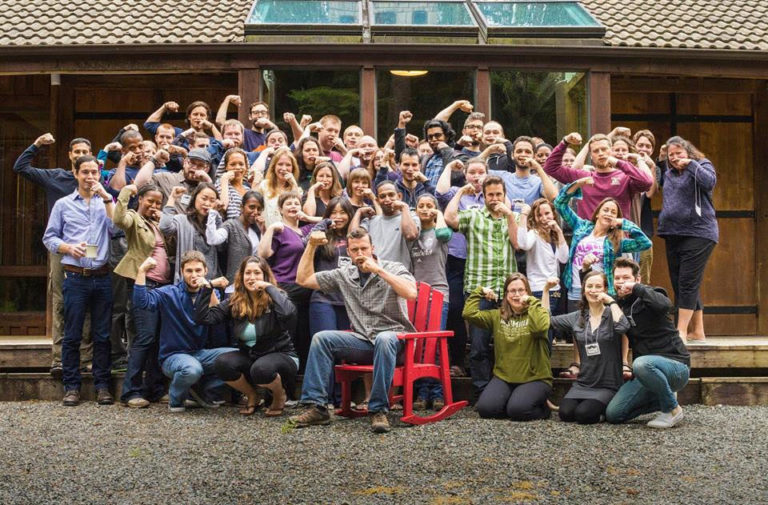
If you predict higher returns and lower inflation, you need even less money. In my calculations, I’ve assumed 6% (~average lifetime EPF) returns and inflation of 2.5% per year (past 36 years Malaysian average). If you can live on RM 2K (caution: this is below what Bank Negara calls a living wage for a single in KL), the number drops to RM 720,000. Like in the example above, if you can live on RM 2.9K, one million is all you need.
#Mr money mustache the shockingly simple math how to
How to get there? Let’s dive into the math.Ģ. The FIRE movement taught me you could actually FIRE your boss much earlier in life. I always assumed that everyone needs to work till they have white hair and back problems. What really blew my mind about FIRE was philosophically it had never registered in my mind that people could retire young. Do it when you’re in your 30s, and you can get featured on CNBC. Money, the cooler it is, because obviously who wants to say F U to their job only when they’re 60? Get there by 45, and it’s a pretty sweet life. Here’s seven things I think you would benefit from knowing too.įinancial Independence (FI) is this cool concept where you have enough money invested, that you don’t actually need to work anymore.Ī cruder way of calling it is having “F.U.

And while I wouldn’t consider myself a FIRE advocate today (I’ll probably never retire myself), I’ve continued to learn from the FIRE movement over the years. From that point onward, I viewed my money and career choices in a totally different light. One MMM article I’ll always remember is “ The Shockingly Simple Math Behind Early Retirement.” “What, I don’t actually have to work until I’m 60? I can have this dream life where I’m still young, and do whatever the fuck I want till I’m gone?” It’s a growing group of enthusiasts all over the world who aspire to retire early, by saving and investing large amounts of their incomes. Money Mustache (MMM) is also widely seen as a leading figure of the Financial Independence Retire Early (FIRE) movement. In quite a few ways, he inspired me to write mine. Since then, he’s raised a son, worked on projects purely out of interest, donated hundreds of thousands to charity, and written a world-famous blog. Financially independent - he would never have to work another day in his life. Not everyone will retire in their 30s or 40s, but most people could probably shave a few years off their working career by being less wasteful and more money-conscious.In 2005, Pete Adeney, a 30-year old engineer retired from his day job. MMM can be a bit extreme at times, but his overall message can still be useful. In the worst case he can dip into his ~$1M net worth, but this could result in reduced spending power unless he finds some way to build it back up. He has a high-deductible health plan currently, which covers any big health expenses.


Unless I find an income-generating hobby, I will be using less than 4% for myself. MMM advocates for lowering expenses during a slump and potentially supplementing with side income, which is why it works for him. I played with cFIREsim to get this number.Ĥ% withdrawal is high, I agree.

I think it's okay to hope for it, just as long as you realize it might not happen. This means that a 5% return is neither unrealistic nor guaranteed. Looking at 30 year periods, the average return is 590.73%, or about 6.1% yearly (1.061 30 = 590%). You have very valid points, but here are some more things to consider.Ī 5% real return on investment isn't crazy.


 0 kommentar(er)
0 kommentar(er)
